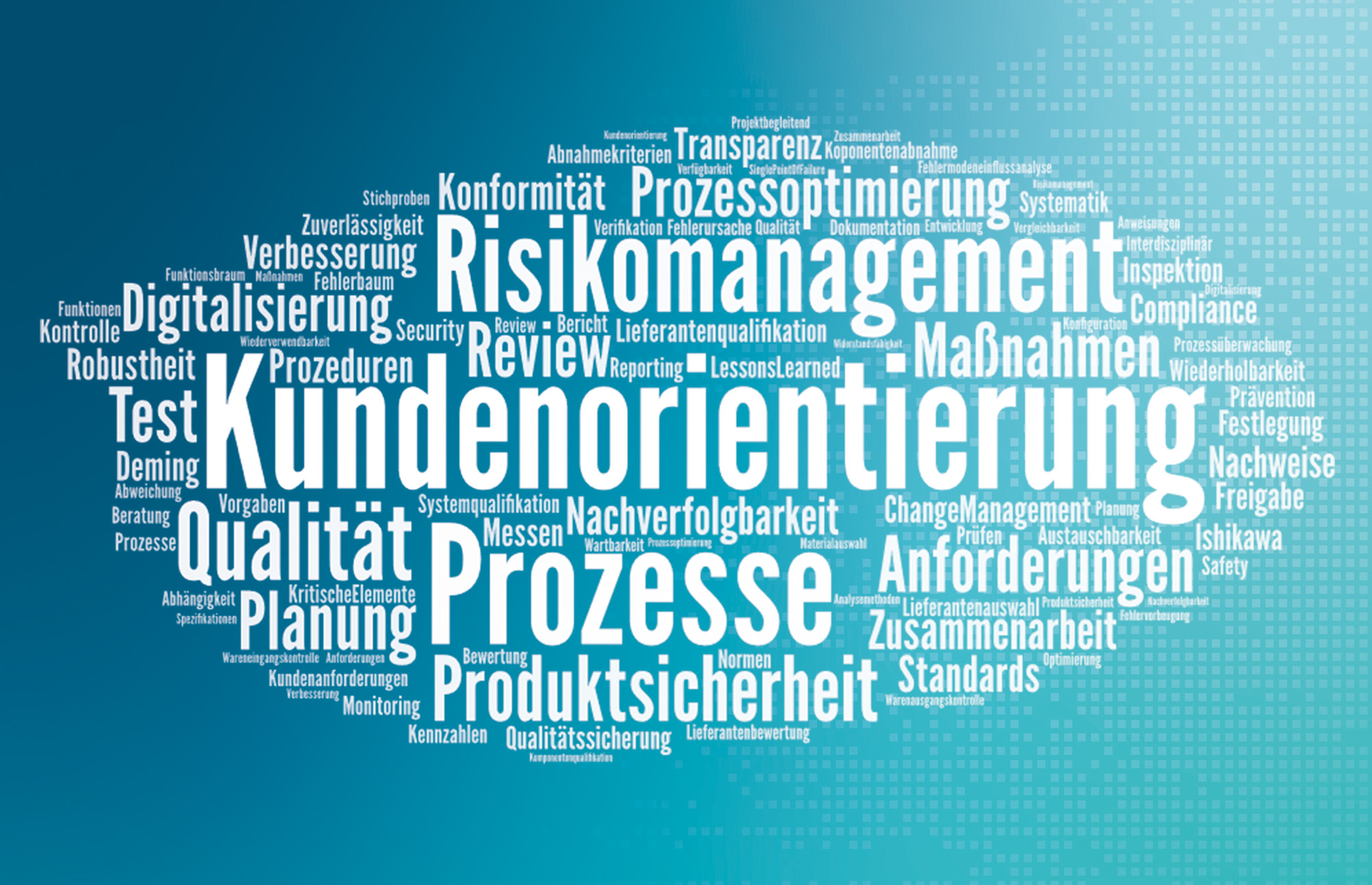Quality issues with a tailwind
Quality management and product assurance: Employees in two new staff units support the institute‘s staff in increasing efficiency and quality.
A lot has happened in the area of quality management and product assurance: Two new staff units were filled in 2022. Danijela Bagaric has been dedicated to process and quality management since March 2022, and Denise Potinius has been fleshing out the topic of product assurance since September 2022.
Product assurance: keeping the threads together
But what is product assurance all about? »We work together with the German Aerospace Center DLR on several major projects,« Potinius explains. »We naturally want to satisfy this central customer by meeting its requirements.« Product assurance extends beyond quality assurance, as many topics are involved that would not classically be understood as part of it. »The tasks often overlap with those of other departments. Topics such as supplier and risk management also play a role, for example. They have to be considered and coordinated with the other parties involved,« Potinius mentioned further.
»Beyond pure requirements fulfillment, we also look at what quality assurance brings to the institute and what we can take away from the individual projects for our processes. It is also particularly important to me that the processes are lived and supported by the employees,« she describes. In this sense, Potinius pulls the strings together and also fulfills a certain translator function between customer requirements and employees.
Process and quality management: focus on processes
While Potinius currently works on a project basis, Bagaric‘s perspective is strategic, across departments and processes. »The external need is primarily to increase customer satisfaction. The internal motivation is to increase the transparency and structure of processes through process and quality management in order to be able to work in a more goal-oriented manner, as well as to create the basis for more digitization,« Bagaric describes. She is by no means concerned with documenting everything down to the last detail; instead, the focus is on balancing the necessary specifications with the necessary freedom. In this regard, she involves the quality officers of the departments in her work - together they develop processes to full maturity. She also wants to improve work processes in a structured way and, despite the short time available, has already introduced feedback structures: All employees can identify and communicate potential for improvement in processes. In this way, processes can be continuously improved - also in the interests of customers and employees. Further steps have also already been taken. For example, Bagaric has built up a process map and made a significant contribution to its introduction using the cloud-based Microsoft SharePoint solution. This forms the foundation for solving upcoming tasks.
Successful collaboration
As different as Potinius‘ and Bagaric‘s tasks may be, they still intertwine in many ways. »The teams in project quality management have already standardized some processes. Danijela and I work together on these to make the findings usable across projects and departments. That‘s what makes the task so exciting,« Potinius explains. So when there are issues or needs, the two take a consolidated approach and create the necessary processes. One example of the joint work is in risk management: This is to become viable and consistent across topics, departments and projects. Bagaric and Potinius have already drafted an initial set of evaluation criteria: Now it‘s time for fine-tuning and coordination with the departments that have already contributed important input.
A collegial, cooperative working style is important to Bagaric and Potinius. »We discuss the relevant issues with the departments and work together on various topics. So our work is very communication-intensive, which is a lot of fun,« Bagaric describes. To do justice to the large amount of work, the staff positions are expected to grow in the coming year. »We are still at the beginning,« Bagaric tells us. »We have already achieved quite a bit and have been able to identify where there is currently a need for further improvement. The road to optimal processes is still long. After all, the goals are designed for the long term. They should also be continuously adapted to the needs of the institute, customers and employees.«
